Q&A
How it Works
A mobile application, also referred to as a mobile app or simply an app, is a computer program or software application designed to run on a mobile device such as a phone, tablet, or watch.
Rapidly build custom mobile applications for a top-notch mobile experience
A mobile application (also called a mobile app) is a type of application designed to run on a mobile device, which can be a smartphone or tablet computer. Even if apps are usually small software units with limited function, they still manage to provide users with quality services and experiences.
Android apps can use rest API , connections are made using Retrofit. What is Retrofit? Retrofit is a REST Client library (Helper Library) used in Android and Java to create an HTTP request and also to process the HTTP response from a REST API.
A mobile application (also called a mobile app) is a type of application designed to run on a mobile device, which can be a smartphone or tablet computer. Even if apps are usually small software units with limited function, they still manage to provide users with quality services and experiences.
Android apps can use rest API , connections are made using Retrofit. What is Retrofit? Retrofit is a REST Client library (Helper Library) used in Android and Java to create an HTTP request and also to process the HTTP response from a REST API.
A mobile application (also called a mobile app) is a type of application designed to run on a mobile device, which can be a smartphone or tablet computer. Even if apps are usually small software units with limited function, they still manage to provide users with quality services and experiences.
Android apps can use rest API , connections are made using Retrofit. What is Retrofit? Retrofit is a REST Client library (Helper Library) used in Android and Java to create an HTTP request and also to process the HTTP response from a REST API.
Mobile SaaS app development is based on cloud technologies. This means that complete information from all team members same as updates is stored in the cloud. With a stand-alone app, you need to export files to Dropbox, email, or another service to share the information.
Software as a service (SaaS) is a model of software distribution. The distinctive feature of this pattern is that users rent the software on a monthly cost-per-user or usage basis instead of buying and implementing it. Also, users can scale up and down the scope of service if needed. The essential characteristics of this model are hosted applications, a price based on subscription, and the sharing between multiple users.
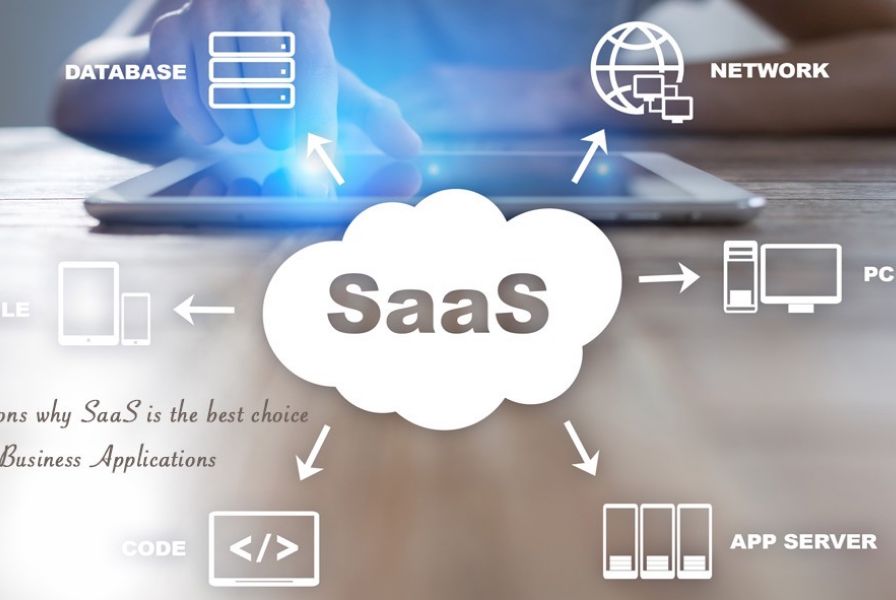
Mobile SaaS app development is based on cloud technologies. This means that complete information from all team members same as updates is stored in the cloud. With a stand-alone app, you need to export files to Dropbox, email, or another service to share the information.
Software as a service (SaaS) is a model of software distribution. The distinctive feature of this pattern is that users rent the software on a monthly cost-per-user or usage basis instead of buying and implementing it. Also, users can scale up and down the scope of service if needed. The essential characteristics of this model are hosted applications, a price based on subscription, and the sharing between multiple users.


Mobile SaaS app development is based on cloud technologies. This means that complete information from all team members same as updates is stored in the cloud. With a stand-alone app, you need to export files to Dropbox, email, or another service to share the information.
Software as a service (SaaS) is a model of software distribution. The distinctive feature of this pattern is that users rent the software on a monthly cost-per-user or usage basis instead of buying and implementing it. Also, users can scale up and down the scope of service if needed. The essential characteristics of this model are hosted applications, a price based on subscription, and the sharing between multiple users.
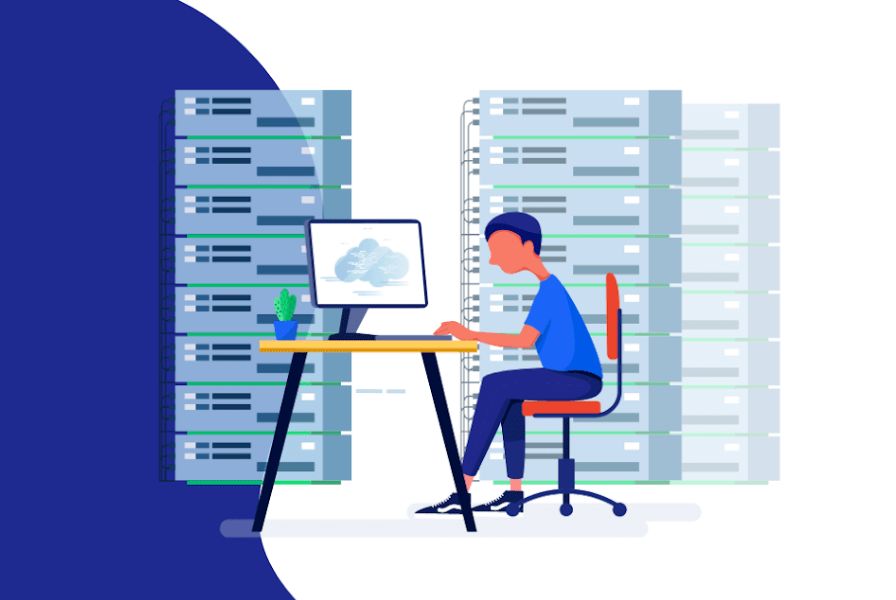
You may think “Ok, I provide my SaaS model through the web platform, why do I need an app for that.” But don't rush to make a final decision. Even if you have a responsive website, it doesn't replace an app. As we said at the beginning of the article, the number of mobile devices rapidly extends, and the world itself is becoming more mobile. By providing your customers with an app you give them access to your service at any time, anywhere all over the world. Isn't it what you want as well? To be with your customer 24/7 and become an integral part of his business.
Your native app saves clients time to open the browser and navigate to the tasks. Instead of this, you can give them a custom app that meets the standards of their smartphones with UI/UX design and fast app performance.
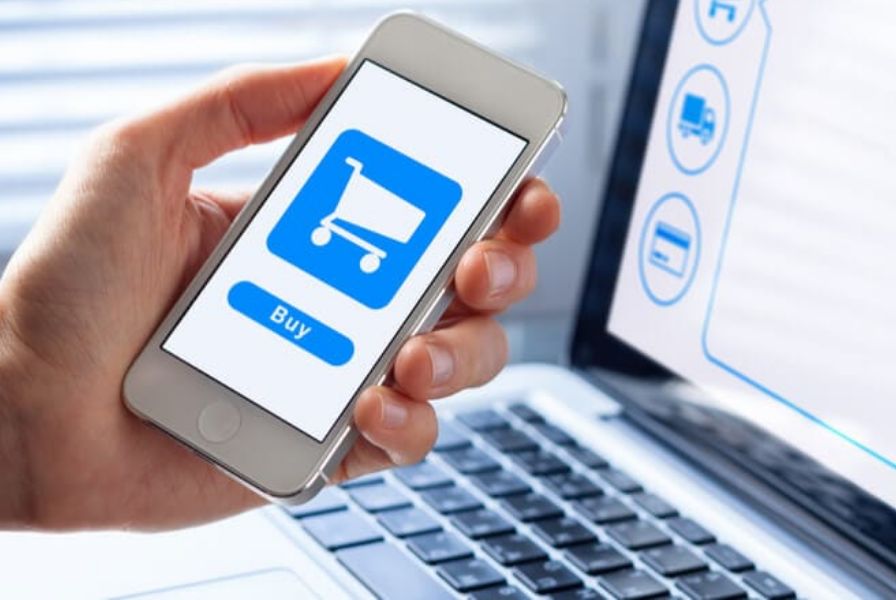

You may think “Ok, I provide my SaaS model through the web platform, why do I need an app for that.” But don't rush to make a final decision. Even if you have a responsive website, it doesn't replace an app. As we said at the beginning of the article, the number of mobile devices rapidly extends, and the world itself is becoming more mobile. By providing your customers with an app you give them access to your service at anytime, anywhere all over the world. Isn't it what you'd want as well? To be with your customer 24/7 and become an integral part of his business.
Your native app saves clients time to open the browser and navigate to the tasks. Instead of this, you can give them a custom app that meets the standards of their smartphones with UI/UX design and fast app performance.


You may think “Ok, I provide my SaaS model through the web platform, why do I need an app for that.” But don't rush to make a final decision. Even if you have a responsive website, it doesn't replace an app. As we said at the beginning of the article, the number of mobile devices rapidly extends, and the world itself is becoming more mobile. By providing your customers with an app you give them access to your service at anytime, anywhere all over the world. Isn't it what you'd want as well? To be with your customer 24/7 and become an integral part of his business.
Your native app saves clients time to open the browser and navigate to the tasks. Instead of this, you can give them a custom app that meets the standards of their smartphones with UI/UX design and fast app performance.

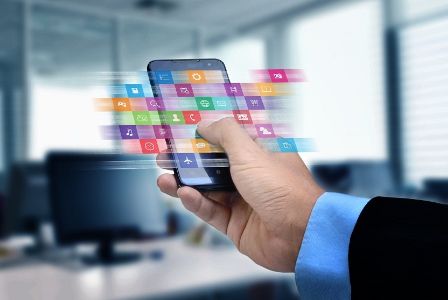
These apps hold a large chunk of the market today because people are increasingly prone to using their smartphones and tablets to perform many complex tasks on the go. For example, apps can help them to book tickets, send emails, or track their work progress. Business apps are geared at boosting productivity and minimizing expenses as they allow users to complete a wide range of tasks.

This category includes mobile apps that help users gain new skills and knowledge. For example, language learning apps. Many educational apps turn out to be popular among teachers too, who use them to organize their teaching process better or educate themselves further. Educational game apps are an excellent tool for kids.

This broad category of apps spans shopping, fashion, virtual fitting rooms, workout, dating, and diet apps. These apps basically focus on various aspects of personal lifestyle.
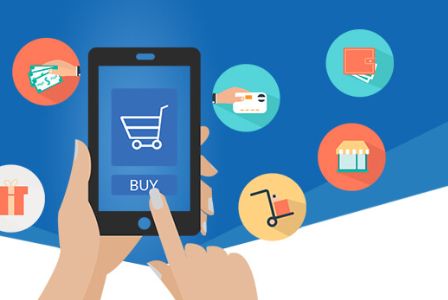
The most popular shopping apps like Amazon or eBay offer the experience of their desktop versions to mobile users. Mobile commerce applications provide customers with convenient access to products and seamless payment methods for an optimal shopping experience.

These apps allow users to stream video content, search for events, chat, or watch content online. Social media apps like Facebook or Instagram are great examples. These apps usually boost user engagement by notifying members about updates and newly added products.
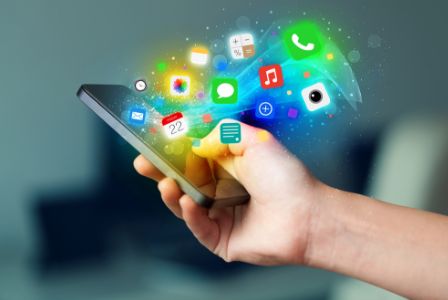
The most popular types of utility applications are barcode scanners, trackers, or healthcare apps. In fact, utility apps usually have the shortest user session times – people use them to get things done and then move on. these are so obvious that we barely even realize that we’re using them.

These apps hold a large chunk of the market today because people are increasingly prone to using their smartphones and tablets to perform many complex tasks on the go. For example, apps can help them to book tickets, send emails, or track their work progress. Business apps are geared at boosting productivity and minimizing expenses as they allow users to complete a wide range of tasks.

This category includes mobile apps that help users gain new skills and knowledge. For example, language learning apps. Many educational apps turn out to be popular among teachers too, who use them to organize their teaching process better or educate themselves further. Educational game apps are an excellent tool for kids.

This broad category of apps spans shopping, fashion, virtual fitting rooms, workout, dating, and diet apps. These apps basically focus on various aspects of personal lifestyle.

The most popular shopping apps like Amazon or eBay offer the experience of their desktop versions to mobile users. Mobile commerce applications provide customers with convenient access to products and seamless payment methods for an optimal shopping experience.

These apps allow users to stream video content, search for events, chat, or watch content online. Social media apps like Facebook or Instagram are great examples. These apps usually boost user engagement by notifying members about updates and newly added products.

The most popular types of utility applications are barcode scanners, trackers, or healthcare apps. In fact, utility apps usually have the shortest user session times – people use them to get things done and then move on. these are so obvious that we barely even realize that we’re using them.

These apps hold a large chunk of the market today because people are increasingly prone to using their smartphones and tablets to perform many complex tasks on the go. For example, apps can help them to book tickets, send emails, or track their work progress. Business apps are geared at boosting productivity and minimizing expenses as they allow users to complete a wide range of tasks.

This category includes mobile apps that help users gain new skills and knowledge. For example, language learning apps. Many educational apps turn out to be popular among teachers too, who use them to organize their teaching process better or educate themselves further. Educational game apps are an excellent tool for kids.

This broad category of apps spans shopping, fashion, virtual fitting rooms, workout, dating, and diet apps. These apps basically focus on various aspects of personal lifestyle.

The most popular shopping apps like Amazon or eBay offer the experience of their desktop versions to mobile users. Mobile commerce applications provide customers with convenient access to products and seamless payment methods for an optimal shopping experience.

These apps allow users to stream video content, search for events, chat, or watch content online. Social media apps like Facebook or Instagram are great examples. These apps usually boost user engagement by notifying members about updates and newly added products.

The most popular types of utility applications are barcode scanners, trackers, or healthcare apps. In fact, utility apps usually have the shortest user session times – people use them to get things done and then move on. these are so obvious that we barely even realize that we’re using them.

Q&A
A mobile application, also referred to as a mobile app or simply an app, is a computer program or software application designed to run on a mobile device such as a phone, tablet, or watch.
Q&A
A mobile application, also referred to as a mobile app or simply an app, is a computer program or software application designed to run on a mobile device such as a phone, tablet, or watch.
Q&A
A mobile application, also referred to as a mobile app or simply an app, is a computer program or software application designed to run on a mobile device such as a phone, tablet, or watch.
Copyright © 2020- 2021 Resemblesystems.com, All rights reserved.
Copyright © 2020- 2021 Resemblesystems.com, All rights reserved.
Copyright © 2020- 2021 Resemblesystems.com, All rights reserved.